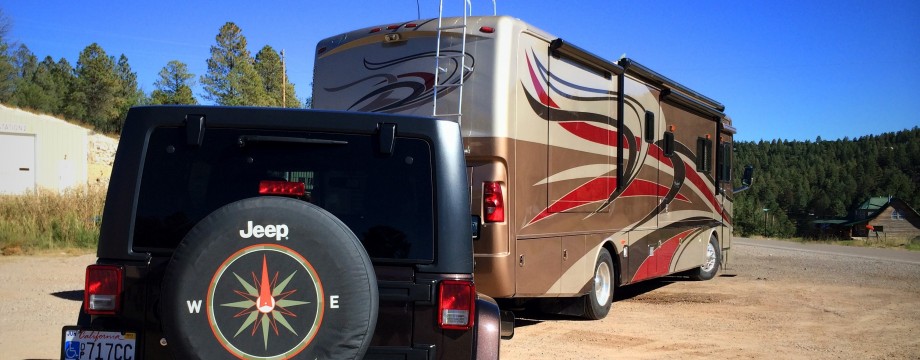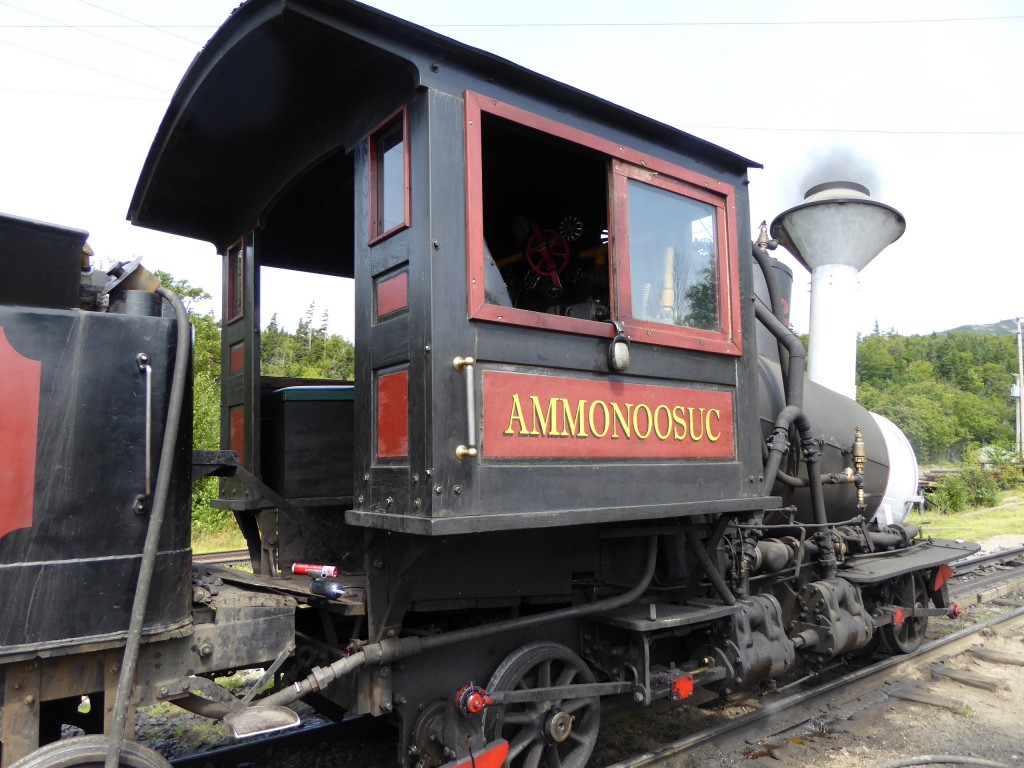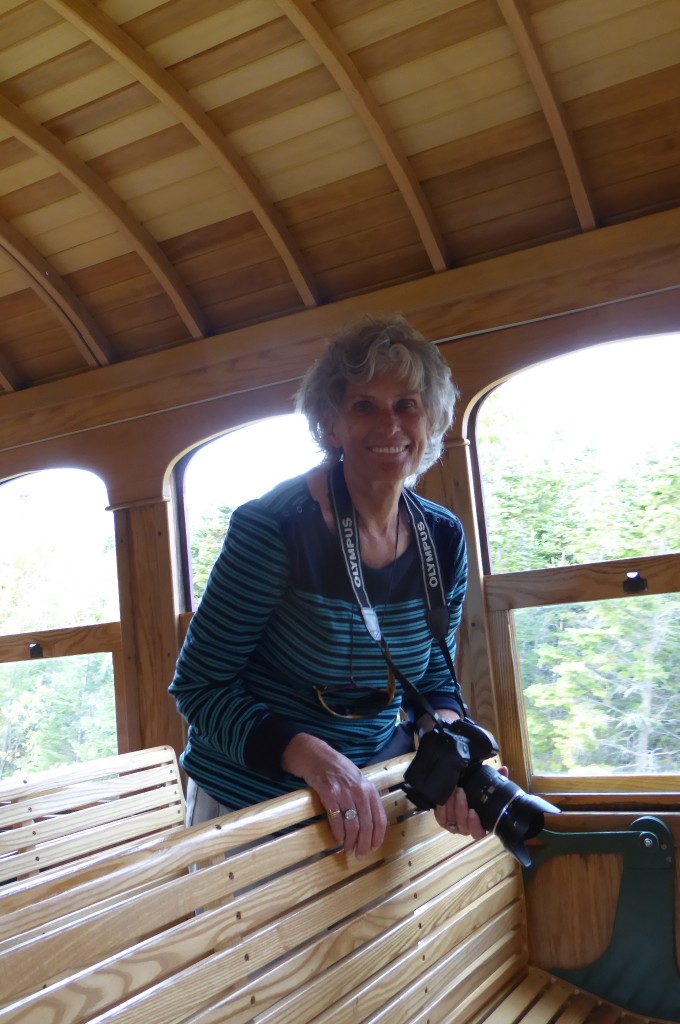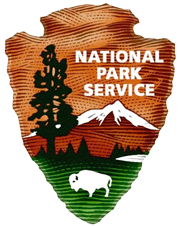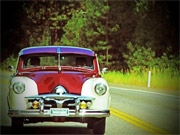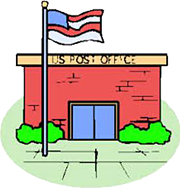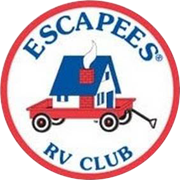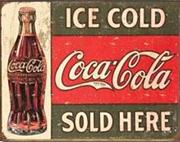AUGUST 29, 2015
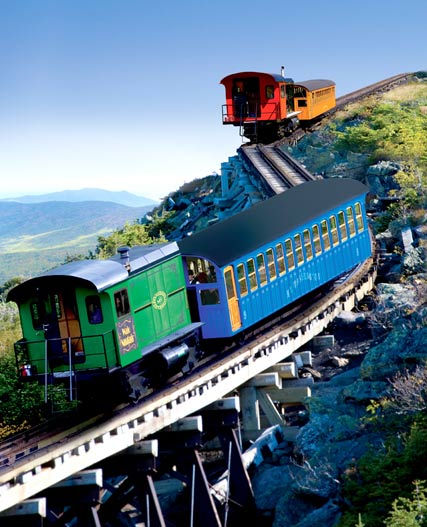
Powerful locomotives push rail cars up a steep grade to the top of Mt. Washington, the highest point in New England.
ALL ABOARD! The Mt. Washington Cog Railway is the world’s first “mountain-climbing” cog railway and it’s one of the two steepest in the entire world! It takes more than an hour for it to climb just a couple of miles to the top of Mt. Washington…the highest peak in New England. A powerful locomotive pushes the single passenger rail car up the mountain’s steep grade…a 38% climb at one point! Think about that for a minute. Insane! For a guy like me who’s complained to you about heights and bridges for the last two and a half years, you’re probably wondering what got into me. I’m not sure. Riding this thing was like being on a roller coaster in slow-motion. For my friends back home in Southern California, think of this as the Palm Springs Aerial Tramway on steroids! But once I boarded, there was no turning back!
SOME SPECS AND A LITTLE HISTORY. After three long years of construction, this unique railway opened in July of 1869. For the first forty years of the Cog’s operation, wood-fired boilers powered the train to the 6,500 foot summit. Around 1910, coal was introduced to power the steam engines on the locomotives. For environmental impact reasons, biodiesel locomotives were added to the growing fleet in 2008.
STEAM POWERED LOCOMOTIVES. Even now, however, one of the steam powered locomotives is used to power the first car up the mountain each morning. When we arrived at the station today, maintenance was being done on one of them and I was able to chat with the guys working on it. Here’s some of what I learned: The six mile trip up and down the mountain requires two thousand pounds of coal in the hopper and another 1,000 gallons of water to produce the steam. The locomotive has to stop for more water half-way up the mountain. Not the most efficient means of transportation, but just “getting there” was the goal at the time these locomotives were built.

This old steam locomotive, made in 1910, still makes one run up the mountain every morning. These maintenance guys told me all about the engine. Fascinating.
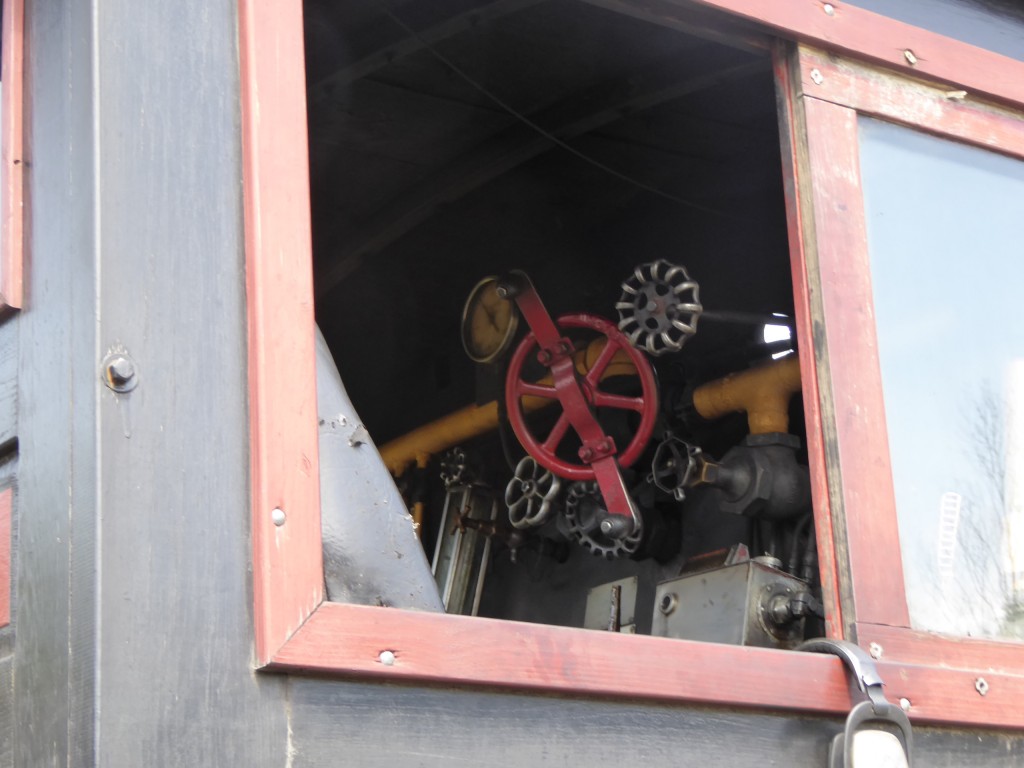
The Engineer handles all these wheels, valves and gauges. Note the noise-cancelling ear muffs hanging out the window. The steam engine is loud!
BIODIESEL LOCOMOTIVES. The new locomotives were designed and constructed on site. This accomplishment was the culmination of more than 30 years of experimentation with diesel locomotives and would not have been possible without 21st century technology. For example, the new locomotives have on board computers that both to govern the engine and monitor its exact position on the track. With these new biodiesel locomotives, we enjoyed the same experience that has thrilled passengers on this mountain for more than 145 years. The trains run on the same tracks and use the same unique cog technology as they did on the very first day of the railway’s operation.

This is one of the new biodiesel locomotives. It pushed our rail car up the mountain and, after an hour layover, took us back to the station.
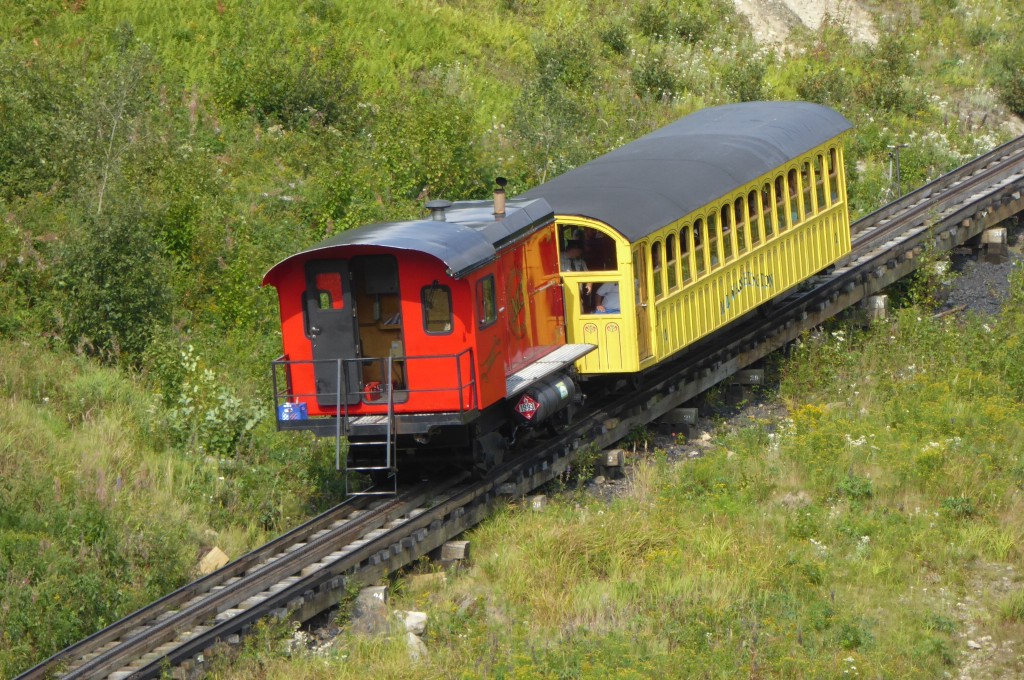
I took this photo of another train before we boarded ours. The engine pushes the car up the mountain. But coming back down, the engine “goes first.” The car isn’t connected to the engine. A bumper separates them. This is for safety reasons. If the engine has a problem, the brakeman on the rail car can set his brake, so the passengers don’t plummet down the mountain behind the locomotive. Good planning, guys.
HERE WE GO. I took all the photos in this next set while the train was climbing up the mountain. It was almost impossible to stand because of the angle of the car while we were climbing. And the car bounced and lurched, as well. So some of the shots aren’t the best, but you now understand why.
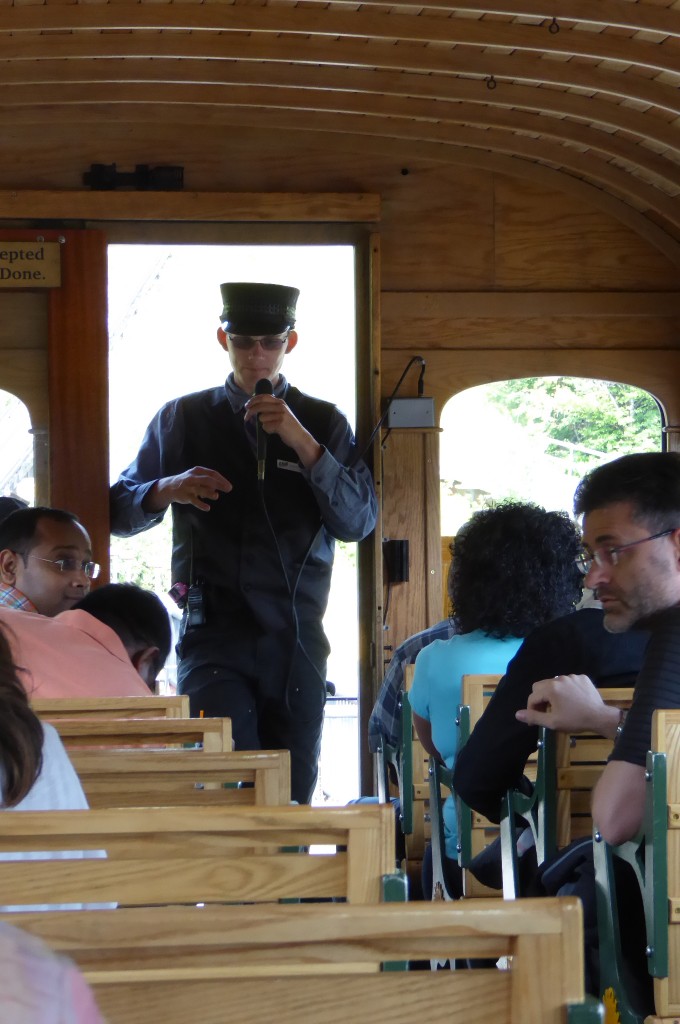
The Conductor assured me I had no reason to worry. “We’ve never had an accident in the entire time we’ve been in operation.” Good. I’m glad to hear it.
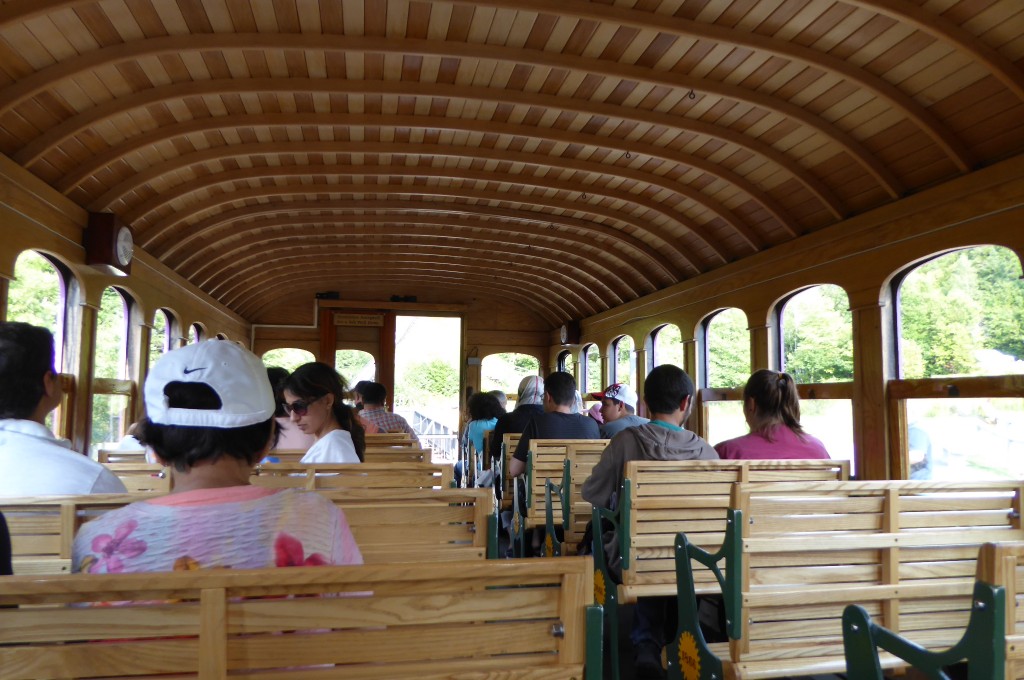
I took this picture from my seat inside the rail car. The good news is that because we rode the last train of the day, it wasn’t crowded. The bad news is that, since we didn’t arrive at the summit until about 6 PM, it was cold, windy and foggy up there.
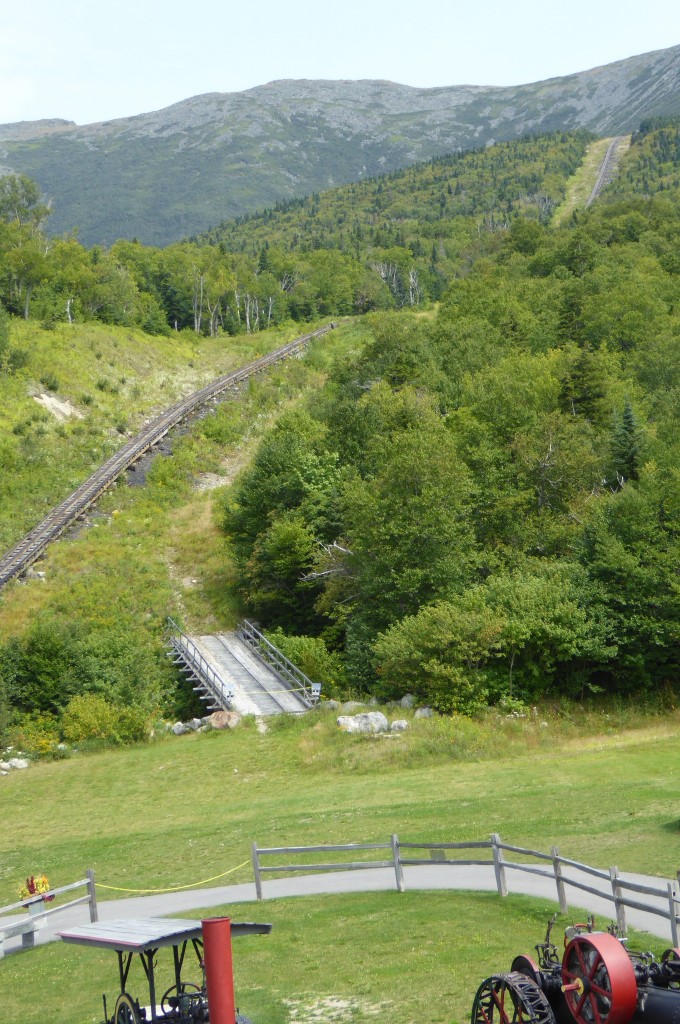
If you click on this photo to expand it and look at the top of the frame, you can get an idea of how steep the grade was going up the mountain. And you can’t even see the steepest part in this picture! Yikes!
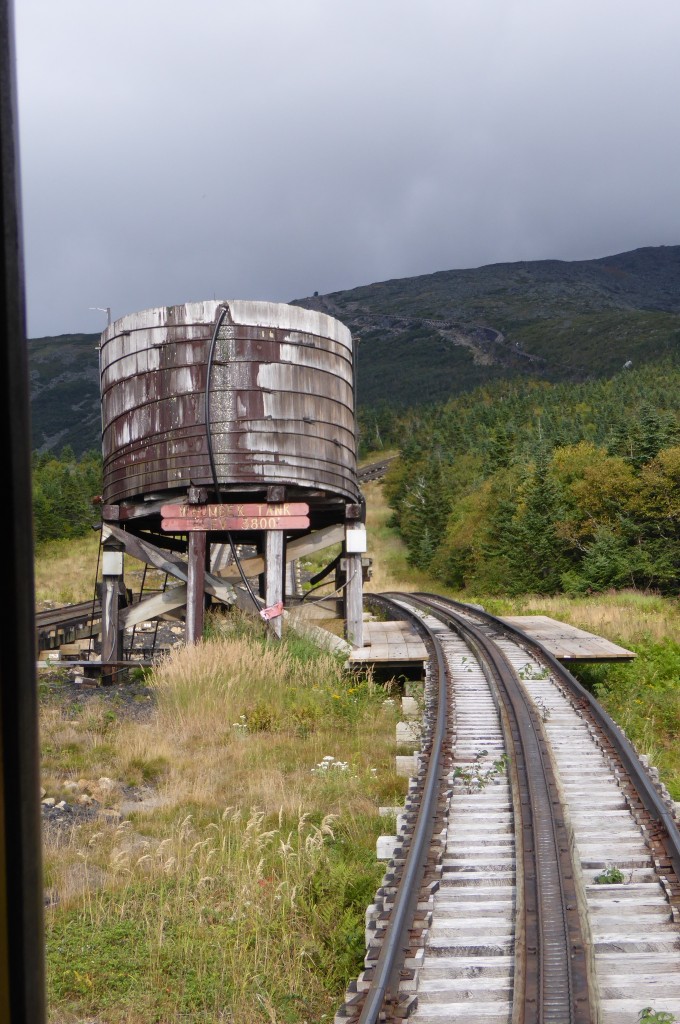
This is the water tank where the steam engines fill up again with water before continuing up the mountain.
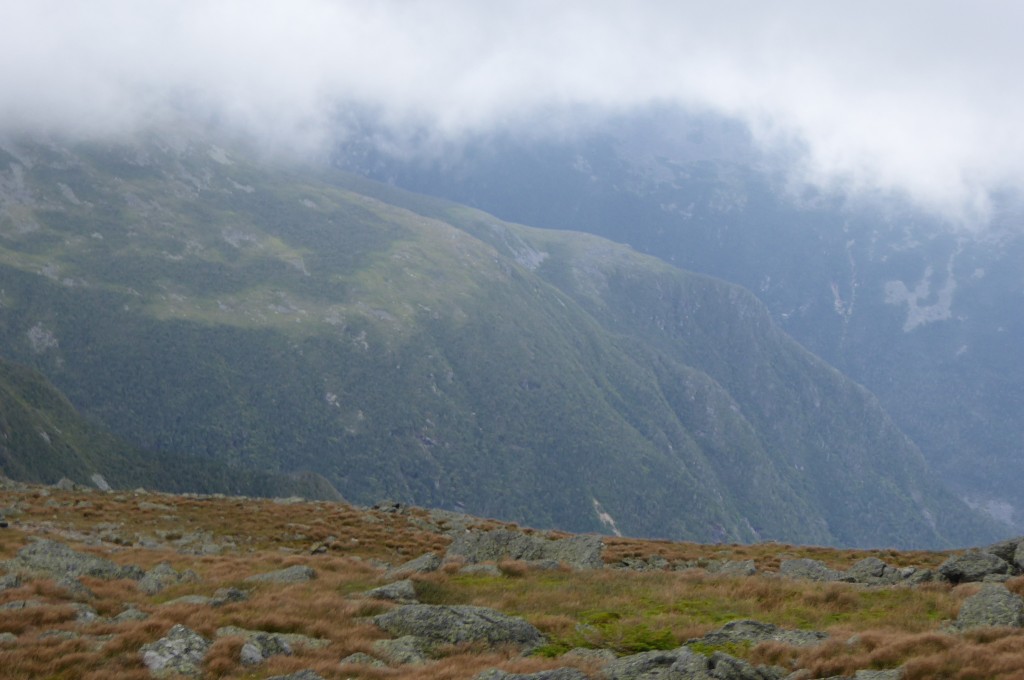
Now we’re way above the tree line and almost to the top of the mountain. Unfortunately, the fog and clouds prevented me from getting any more pictures “up top.”
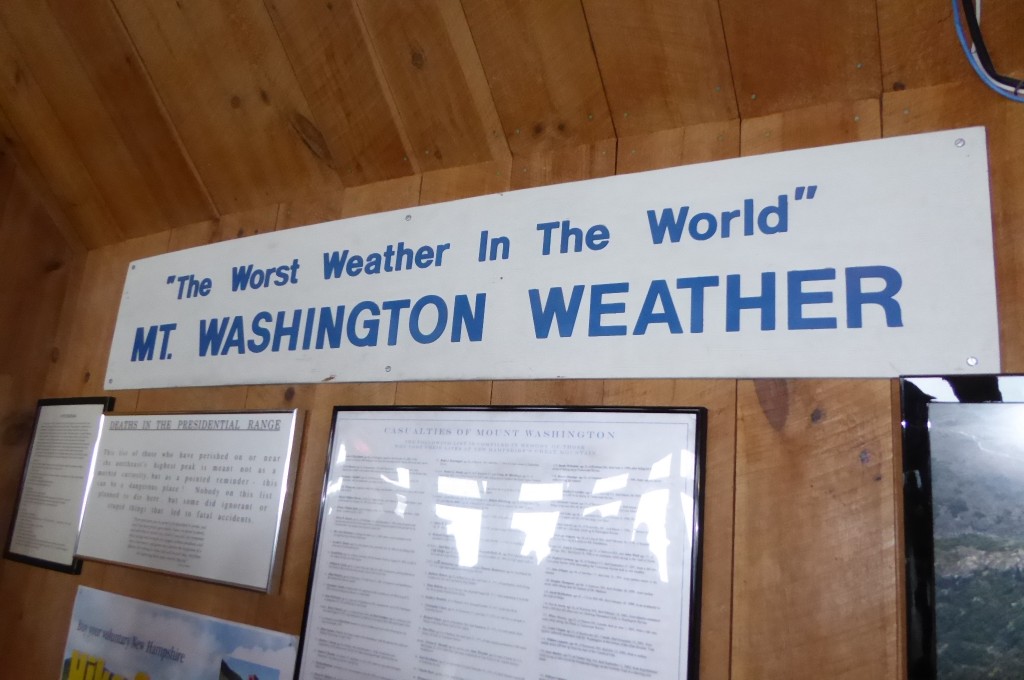
This sign is in the building at the top of the mountain. It explains the fog and cold temps we experienced today. Did you know: The temperature falls below zero on more than 70 days each year. The lowest temp ever recorded was 49 degrees below zero. Average annual snowfall here is almost 200 inches. Hurricane wind velocity is attained on more than half of the days during the winter months. All this is fine and dandy, but I wish we’d been informed in advance. I wore shorts and a t-shirt!
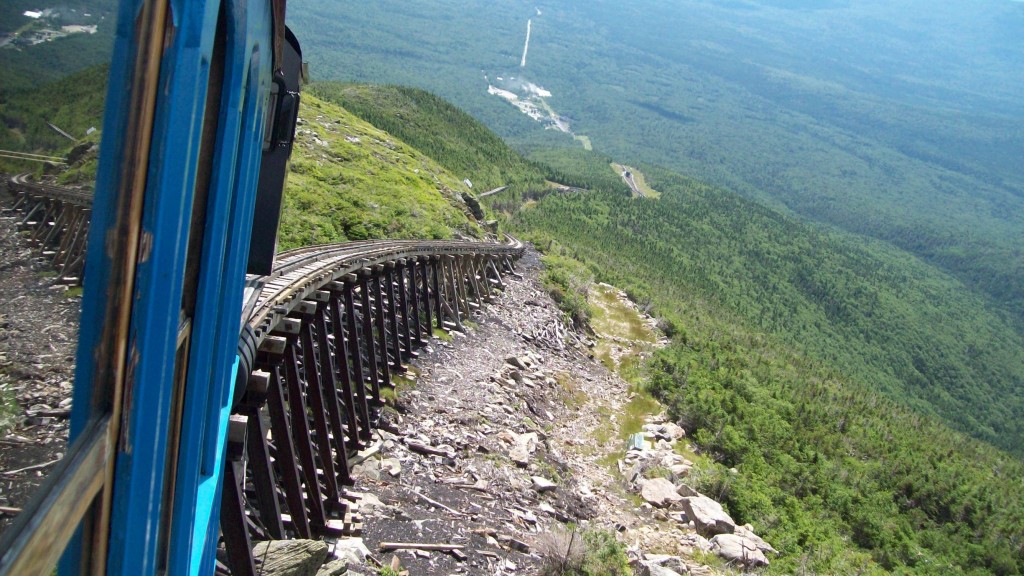
Heading back down the mountain. That small white area at the top of the frame is the railway station and its parking lots.
WHEW! I MADE IT. Or, I should say, the train made it! I must admit the ride was quite a thrill. I’m still terrified by heights and I’ll continue to avoid driving our bus on high bridges whenever possible, but I’m glad I rode “The Cog.” This little railway has combined 19th and 21st century technologies to preserve a national heritage. Well done.
THANKS FOR JOINING US. COME BACK AGAIN SOON. OUR ADVENTURE CONTINUES.


